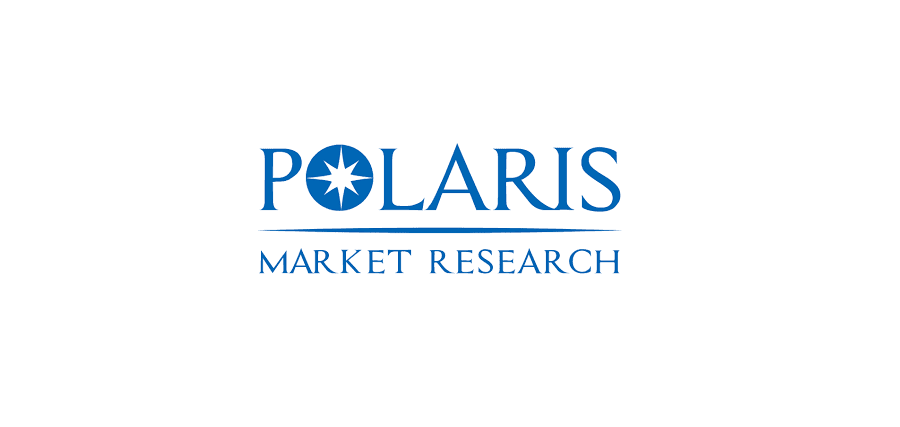AI-Powered SecOps and ZTNA: Navigating the Cyber Threats of Late 2025

As we approach the end of 2025, the cybersecurity domain is witnessing unprecedented advancements driven by artificial intelligence. AI-powered Security Operations (SecOps) and Zero Trust Network Access (ZTNA) are at the forefront, addressing the surge in sophisticated attacks like AI-assisted ransomware and zero-day exploits. This blog explores how these technologies are evolving, their integrated applications, and strategies for organizations to leverage them amid rising regulatory pressures and technological shifts.
The Maturation of AI in SecOps
SecOps has evolved from siloed security teams to integrated, AI-driven operations that embed protection into every layer of IT infrastructure. In late 2025, agentic AI—autonomous agents capable of independent decision-making—is revolutionizing Security Operations Centers (SOCs). These agents handle routine tasks such as monitoring, alert triage, and initial incident response, allowing human analysts to focus on complex threats.
AI algorithms now process real-time data from diverse sources, using machine learning to predict and prevent breaches. For instance, they can detect anomalies in user behavior or network patterns that indicate emerging ransomware campaigns, which have spiked this year due to AI-enhanced attack tools. Automation extends to orchestration, where AI executes playbooks for containment, such as isolating compromised endpoints or rolling back changes.
With the skills gap persisting, AI-powered SecOps tools are bridging the divide by providing intuitive interfaces and natural language querying for threat hunting. This not only accelerates response times but also reduces operational costs, making it accessible for mid-sized enterprises facing budget constraints.
ZTNA's Expansion in a Zero-Trust World
ZTNA continues to redefine access management by enforcing strict verification for every connection, regardless of location. In 2025, universal ZTNA solutions have gained traction, extending beyond traditional users to include IoT devices, edge computing, and even AI workloads. This "secure access everywhere" model eliminates the need for outdated network architectures, focusing instead on data-centric protection.
Key evolutions include AI-optimized policies that dynamically adjust based on risk factors like device health, geolocation, and threat intelligence. For example, if an AI detects a zero-day vulnerability in a supply chain, ZTNA can instantly restrict access to affected segments. Micro-segmentation has become more granular, containing threats like the recent Oracle EBS exploits that targeted enterprise systems.
Amid growing concerns over quantum computing's potential to break encryption, ZTNA frameworks are incorporating post-quantum algorithms to future-proof access controls. This is crucial as regulations, such as new UK mandates on AI accountability, demand robust risk reporting and secure AI deployments.
Integrating AI-Powered SecOps with ZTNA for Comprehensive Defense
The true strength lies in the convergence of AI-powered SecOps and ZTNA, creating a resilient, adaptive security posture. AI serves as the brain, analyzing ZTNA logs to refine access policies in real-time. During an incident, such as an AI-generated phishing attempt, SecOps agents can collaborate with ZTNA gateways to verify identities and block unauthorized flows seamlessly.
This integration is particularly effective against hybrid threats, like ransomware colliding with zero-days. AI-driven insights enable proactive measures, such as deploying smaller, secure AI models on edge devices for localized threat detection within ZTNA boundaries. Organizations are seeing reduced latency in responses, stronger data privacy through offline vaults, and enhanced compliance with global standards.
In practice, financial institutions use this combo to safeguard transactions, while industrial sectors protect OT environments from AI-manipulated vulnerabilities. The result is a shift from reactive firefighting to predictive security, minimizing downtime and financial losses.
Tackling Implementation Challenges
Despite the benefits, challenges abound. Integrating AI with legacy systems can be complex, and adversarial AI attacks—where threat actors poison models—pose new risks. Regulatory landscapes, evolving with mandates for AI risk assessments, require transparent auditing of SecOps processes.
Data privacy remains paramount, especially with AI processing vast amounts of access data. Solutions include federated learning for collaborative model training without sharing sensitive info, and hybrid human-AI oversight to mitigate biases.
Looking Toward 2026 and Beyond
As 2025 draws to a close, the trajectory points to even deeper integrations. Expect widespread adoption of AI copilots for ZTNA optimization, quantum-resistant enhancements, and expanded use of offline vaults against AI threats. With cybersecurity budgets rising, organizations prioritizing AI-powered SecOps and ZTNA will lead in resilience.
In summary, AI-powered SecOps and ZTNA are not just tools but foundational elements for surviving in 2025's threat landscape. By embracing their synergy, businesses can turn potential weaknesses into impenetrable fortresses, ensuring secure growth in an AI-dominated future.






